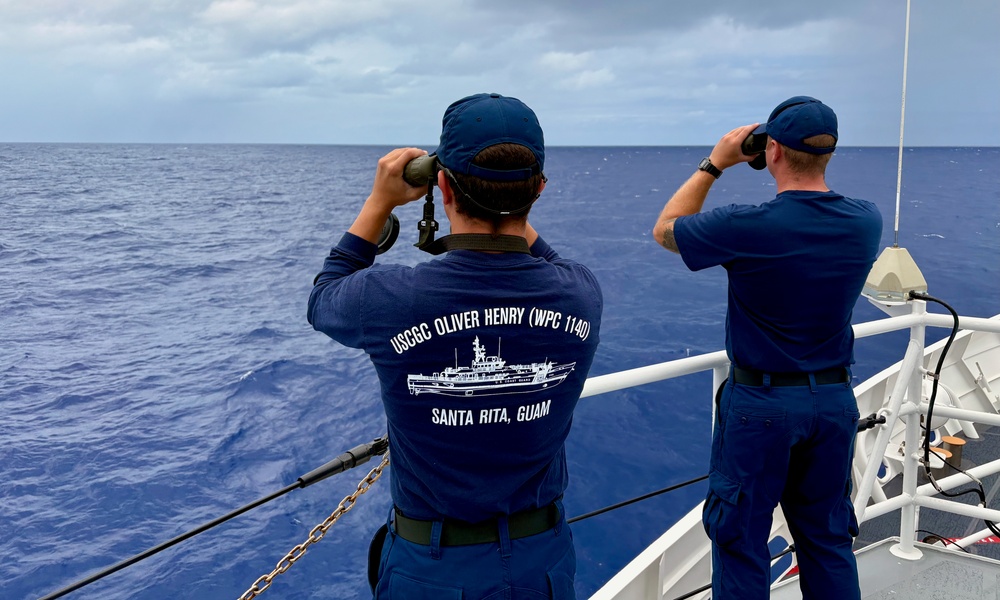DVIDS – News – Hickam improves hurricane response
The 15th Operational Support Squadron weather flight improved the hurricane storm surge map for military installations on the island of Oahu and beyond.
Earlier this year 1st Lt. Ryan Lam, 15th OSS Weather Flight operations commander, forged his educational background in geography, science, climatology, and geospatial information systems with the National Oceanic and Atmospheric Administration’s Sea, Lake, and Overland Surges from Hurricanes storm surge model.
After pinpointing several deficiencies in the NOAA storm surge map for Hawaii’s area of responsibility, Lam used NOAA data to establish an interactive storm surge map.
“My map (the Hawaiian Island Hurricane Storm Surge) is custom-tailored to meet the needs of military operations,” said Lam. “Higher resolution images and an interface that allows your data to remain while viewing the map allows decision-makers to analyze storm surge effects on individual buildings within the installation.”
This is an improvement from the existing NOAA product used by the weather flight that did not allow the user to retain data once navigating to another area on the map.
The maps proved very useful for other military branches on Oahu as well. In July, the weather flight used the map in preparation for Hurricane Douglas and shared data with Joint Base Pearl Harbor- Hickam and Marine Corps Base Hawaii.
With support for the 15th Wing, the U.S. Navy was able to sortie ships to sea in preparation for Hurricane Douglas.
The data provided by Lam, to include the NOAA maps for reference, takes over 100,000 simulations of a hurricane approaching and forecasts the worst-case scenario to the user.
“It’s a planning tool for decision-makers across any installation,” said Lam. “The map is highly customizable and can meet the demands of a variety of clients.”
After receiving feedback from clients in the Pacific, the 15th Weather flight shared input and research with Air Force weather units in the continental United States to assist them during hurricane season.
“Our map also allows us to review the Gulf and Atlantic regions,” said Lam. “This expands the footprint for Air Force weather while allowing multiple units to provide data that will help assess potential damage and provide relief in a congested information space.”
The Hawaiian Island Hurricane Storm Surge map allows planners and emergency management personnel the insight needed to maximize resource protection on any installation.
Staff Sgt. Brittany Moses, who was recently assigned to the squadron as a weather forecaster highlighted the importance of the Hawaiian Island Hurricane Storm Surge map.
“This is the best resource we have to identify problem areas,” said Moses. “We can view assets that are in danger or that are in the clear.”
“Our map allows us to share critical information quickly to the plans and programs office, emergency management, civil engineering offices, and other key personnel on base,” she added.
For more information on the Hawaiian Island Hurricane Storm Surge map visit:
https://ufl.maps.arcgis.com/apps/MapSeries/index.html?appid=ed502099ae2c4ebba5c4a95e7e714994&preview

 Private Internet Access gives you unparalleled access to thousands
of next-gen servers in over 83 countries and each US state. Your
VPN experience will always be fast, smooth, and reliable.
Private Internet Access gives you unparalleled access to thousands
of next-gen servers in over 83 countries and each US state. Your
VPN experience will always be fast, smooth, and reliable.
